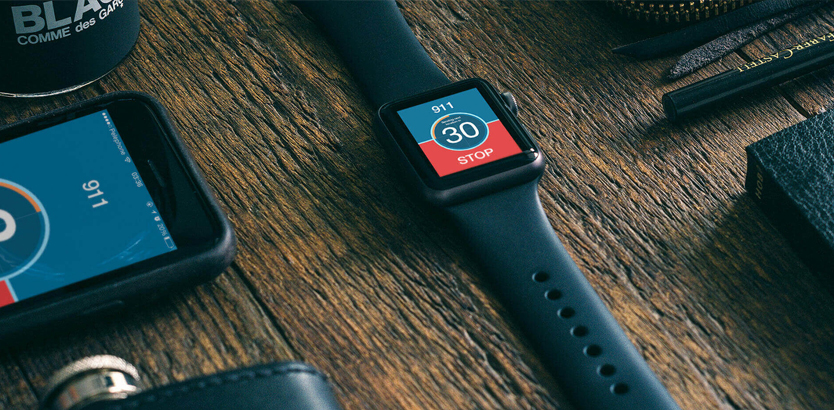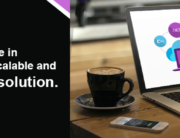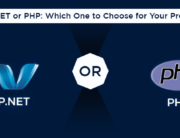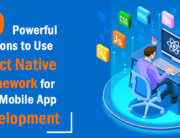The market of wearable devices is a really large playing field. With a total revenue of nearly $28 Billion generated in 2016 and with an expected revenue of $34 Billion by 2020, it presents a great opportunity for entrepreneurs and businesses. An integral driver of the wearable tech market are the applications that fuel these gadgets which are popularly referred to as ‘Wearable Apps’ nowadays.
Unlike normal mobile applications, Wearable Apps are expected to carry out functions that are a lot more unique and creative. For instance, activity tracker apps that keep track of the calories you burn regularly with the help of a watch.
Let’s have a deeper look into what wearable apps are.
What are Wearable Apps?

Before understanding what Wearable Apps are, we will have to look into what wearable technology is.
Wearable Technology is typically a category of technology devices that are worn by a user either directly as an accessory or as a part of other materials like clothing. These gadgets further connect to the internet directly or through a smartphone to perform a number of functions by exchanging data between the network and device.
“All these processes are driven by applications that are fed into these devices which are known as Wearable Apps.”
Wearables Apps have access to the device hardware like sensors, receivers etc. They collect data from the hardware and with the help of the network they are connected to, utilize them further to provide the desired output. Usually the output is provided or displayed through the device itself. The Fitbit Activity Tracker that displays the number of steps a user has walked in a day is a great example for this. Sometimes, the output is also provided to a different device like a smartphone or a laptop. For instance, the activity trackers by Jawbone just log the data using the device, the output however is given through the app installed on the user’s smartphone or tablet.
The platforms that these wearable apps either run on or are made compatible with depends on how the input is taken and the result displayed. If the device itself accepts and displays the result, any platform can be chosen for i.e. either iOS, Android, Windows or even a custom developed one. However, if the device uses a mobile app for the above functions, then you would be needing iOS App developers or Android App developers , depending on which OS you want the device to be compatible with. For cross platform compatibility, Xamarin Developers would be your best option.
Wearable apps seem similar to regular apps that are used in smartphones and tablets. However, they still differ in a few key areas.
How Do Wearable Apps Differ From Smartphone Apps

A few significant ways of how wearable apps are different from smartphone apps are as follows:
Functionality: Currently, the hardware of the wearable tech is smaller and less powerful, hence there can be some limitations on the functionalities of a single wearable app on a device. However, smartphones have grown into a fairly advanced technology and hence the apps relatively have a lot less limitations.
User Interaction: Wearable apps usually have little to almost no user interactions. They work automatically collecting data and displaying output. Very few wearable apps require an input from a user. Mobile apps on the other hand are mostly developed for user interactions.
Device Specificity: Wearable apps use APIs specific to the device and hence the same cannot be used on other platforms or devices. Until now, the same wearable apps cannot be used on other devices or even the same device of other makers. Mobile apps however have the flexibility of being able to run on different makes and models of mobile phones and even on tablets.
However, the great thing about the development of wearable apps is that it is similar to the development of smartphone apps. Only an expert mobile app development company having experience of developing wearable apps will be able to develop an app for a particular wearable gadget.
The wearable app market is growing at an exponential rate. Since wearable gadgets offer a lot more unique functionalities than regular smartphones nowadays, their popularity and usage is growing by the day. As mentioned earlier, this multi-billion dollar industry has a lot of scope and opportunities in store. With advancement of technology, very soon wearable tech will be able to offer a lot more than what it offers today which might become an integral part of our lives.
Our next article will discuss some amazing applications and features of wearable apps for a number of daily activities.







Initially you mentioned that wearable apps have limited functionalities due to lesser hardware. But in the conclusion you say that they offer a lot more unique functionalities than smartphones. How is it possible?
Its a good question Jim. The center of focus of both these statements are different. When we say that functionalities are limited due to smaller hardware, we are taking the quantity into consideration. However, even though wearable apps have smaller hardware, they can offer more unique features that smartphones can’t. For instance measuring your heart rate, counting the number of steps you’ve walked, calorie intake etc. Hence, the concluding statement.
Do wearable devices always require to be connected to a network to produce an output?
Not necessarily Edward. Devices that display the output on the device itself usually do not require any kind of network connection. A connection is required if the app uses a smartphone or any other device that isn’t directly connected to it to display an output or back up data. For instance, the Fitbit activity tracker does not require a network while counting the number of steps you have walked. However, it does require a connection to transfer the collected data to your phone to keep a record of it.
Is it possible to have a wearable app that is exclusive to just one operating system?
Of course it is Vedder. However, you’ll be lseriously limiting your audience with such a device and app.
Are there any other applications wearable apps can have apart from counting your steps and pulse like most devices do?
There sure are Elena. Wearable devices have come a long from counting steps and your pulses and it will continue going further. You can have a look at our article about the various possibilities of Wearable Apps here: http://www.matridtech.net/blog/wearable-app-development-top-7-ideas/